Both have hallucinogenic effects, both have been used by Indigenous cultures for centuries, and both have recently come to be beloved by celebrities, many of whom are outspoken on how these substances have changed their lives.
Although they are poster-children for the ongoing psychedelic renaissance, they are certainly not interchangeable. In fact, they have significant differences. In this article we will explore what makes these psychedelic sisters at once similar, but at the same time, very different.
What is Psilocybin?
Psilocybin is a psychoactive compound found in magic mushrooms and magic truffles. There are over 200 known species of magic mushroom that have this component, in varying concentrations and therefore, varying potencies. If you take magic mushrooms, depending on your dosage, you will experience what is called a ‘trip’. Generally a psilocybin trip will last between 4-6 hours. Its intensity will be a direct result of the potency and amount of magic mushrooms or truffles consumed.
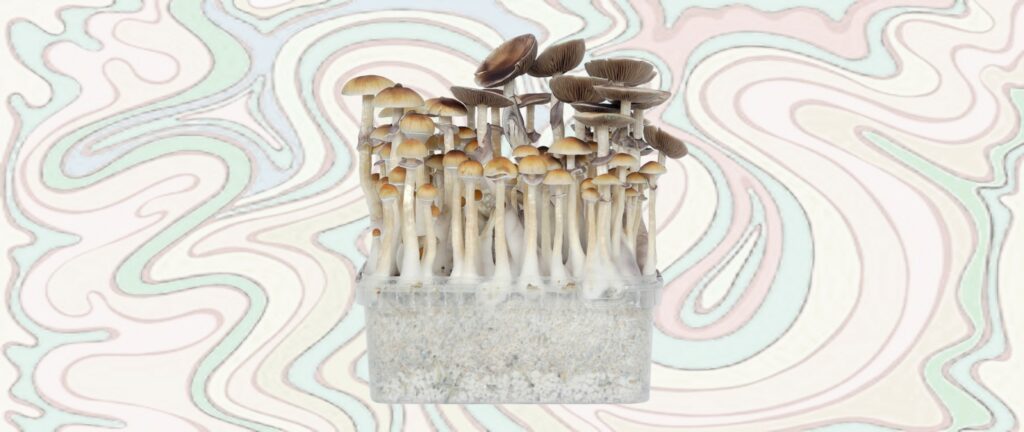
Common experiences under the influence of psilocybin are changes in perception, elevated sensitivity and sensory feelings, emotional and spiritual insight, and sometimes visual and auditory hallucinations. At very high doses you can experience something known as ego death.
Magic mushrooms have been used for centuries for both ceremonial and recreational reasons. Archeological findings, such as cave paintings, imply that the use of magic mushrooms could date back as far as 9,000 BCE. The Atztecs were known to use psychedelic mushrooms in their rituals and ceremonies. They called them “teonanácatl” or ”flesh of the gods”
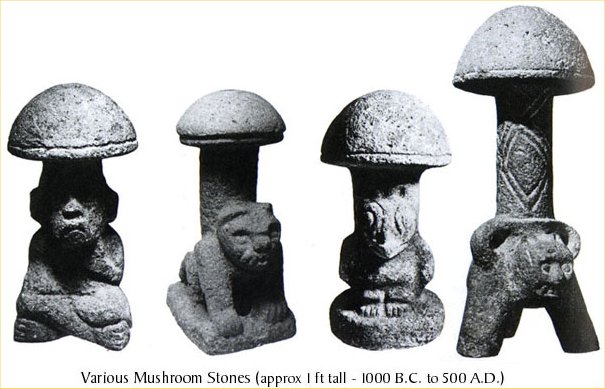
How Does Psilocybin Affect the Body and Brain?
Psilocybin, when ingested, is converted by the body to psilocin. This is the actual chemical compound that causes us to trip. Alongside this there are usually minor amounts of compounds baeocystin and norbaeocyctin. However, the extent of how much these influence the overall effects is unclear.
Psilocybin and psilocin are psychedelic tryptamines that have a very similar molecular structure to the neurotransmitter serotonin. Due to this similarity psilocin molecules activate the same receptors in the brain that serotonin activates, notably at the site known as 5HT2A. This particular receptor works with numerous functions in our minds; such as perception, mood, imagination learning and habitual behavior.
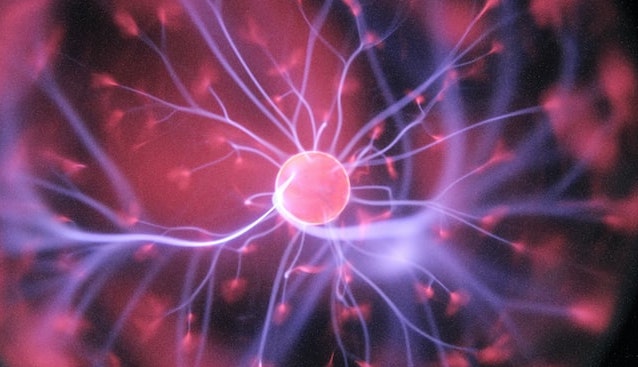
Many of the 5HT2A receptors can be found in cells in the cortex of the brain — the area associated with rational thought and reasoning. Psilocin activates these receptors, and hence produces the ‘trip’ magic mushrooms are known for. Additionally, psilocin has been seen to have an effect on a part of the brain called the Default Mode Network (DMN).
The DMN is our brain’s prime information highway. It works to consolidate information during our day to day lives, and allow us to look back into our pasts, as well as imaging our futures. Some theorize that the DMN is where our sense of ‘self’ and individuality live. Psilocin can temporarily shut down one or more of the DMN’s information highway check-points. This means the brain must make detours instead of taking well-worn paths, ‘talking’ to parts it wouldn’t usually. This way psilocin helps the brain build new connections. This is one of the theories that explain why psilocybin is so effective in treating mental health conditions such as depression, PTSD, OCD, eating disorders and addiction issues.
What is Ayahuasca?
Unlike magic mushrooms ayahuasca is a mix of a few different ingredients, rather than a ready-made marvel. It is a psychedelic brew native to South America made of a combination of plants, though exact recipes vary from region to region. The main ingredient in ayahuasca is dimethyltryptamine, better known as DMT. There are many plants which contain this psychoactive compound, Psychotria viridis being a common source for shamans producing the brew. In order for DMT to produce its characteristic intense psychoactive effect through ingestion, it must be brewed together with Banisteriopsis caapi vine , an MAO inhibitor.
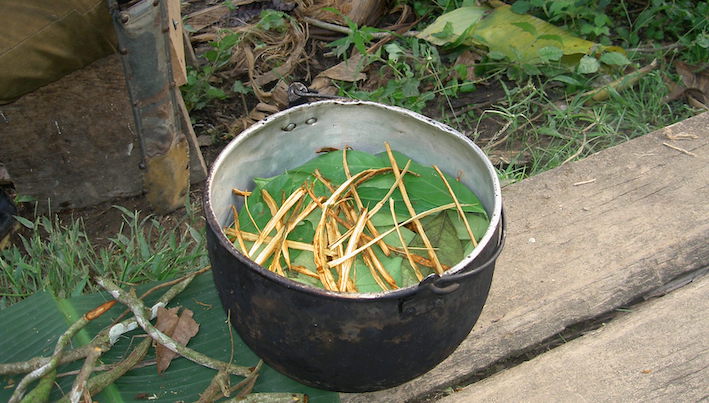
The name ayahuasca comes from the Quechua “ayawaska”, and its use dates back to 1,000 AD in Indigenous Amazonian communities. Today, ayahuasca, and ayahuasca ceremonies are still a part of modern religions in Brazil. It also receives a lot of attention worldwide, with tourists coming from across the world to experience ceremonies. This however, comes with its own problems, with many reports of ayahuasca tourism having adverse effects on communities.
In these ceremonies ayahuasca is usually prepared by an experienced shaman who mashes and boils the different plant ingredients together. The process to create the eventual bitter brew takes several hours. Ayahuasca is considered a spiritual medicine and is not seen as a recreational drug. It causes an intense and extended psychedelic experience that kicks in within 15-60 minutes and can last for several hours.
How does Ayahuasca Affect the Brain and Body?
Ayahuasca’s effect varies depending on the strength and potency of the brew, as well as how much is consumed. Sometimes the mixture can cause intense physical effects like vomiting and/or diarrhea. This is often referred to as “the purge”, or “la purga” in Spanish. Other physical effects include tremors, dizziness, cold flashes, sweating, and humming in the ears.
As well as these physical effects, ayahuasca causes a very powerful psychedelic trip characterized by intense visual hallucinations. These can range from geometric patterns and shapes (similarly to psilocybin) to visions of deities, spirits, animals, people and more. People often note that experiencing an ayahuasca ceremony is profoundly life-changing.
Psilocybin vs. Ayahuasca: Comparing Similarities and Differences
Similarities:
1. Both psilocybin and ayahuasca are psychedelic substances that induce altered states of consciousness.
2. They both have been used for spiritual and medicinal purposes for centuries by indigenous cultures throughout the world.
3. Both substances have been shown to have potential therapeutic benefits for mental health conditions such as depression, anxiety, and PTSD.
Differences:
1. Psilocybin is found in certain species of mushrooms, whereas ayahuasca is a brewed concoction made from the Psychotria viridis vine and other plant materials.
2. The effects of psilocybin generally last for four to six hours. The effects of ayahuasca can last for six to eight hours or longer.
3. While psilocybin can produce strong visual hallucinations and profound insights, Ayahuasca is regarded as being substantially more immersive, often inducing out of body experiences, journeys through past traumas and intense emotional release.
4. The preparation and use of ayahuasca typically involve a shamanic ceremony. Psilocybin is often consumed in a more recreational setting and is far easier to access.
5. Finally, ayahuasca often leads to purging (vomiting) as part of its cleansing properties, while the nausea some experience from psilocybin is known to be much milder.
Comparing Psilocybin and Ayahuasca: Conclusions
To conclude, psilocybin and ayahuasca are both powerful and potentially life altering substances. However, psilocybin is a lot more versatile. It can be taken in smaller measures and microdosed. It can be used socially, for pure enjoyment, as well as more spiritual means. In high or ‘heroic’ doses it can cause intense spiritual experiences similar to the effects of ayahuasca. It is also much easier to access, able to be bought from online shops or grown at home.
Ayahuasca on the other hand can only be prepared and administered by someone with the knowledge and expertise, as well as access to the obscure ingredients. It also is rare for it to be consumed without a ceremony, that which also must be presided over by a trained individual. You certainly wouldn’t take ayahuasca at a party. (Unless you wanted to thank your host by vomiting all over them!)
When taken the proper way, with the proper ceremony, ayahuasca can be profoundly life changing.
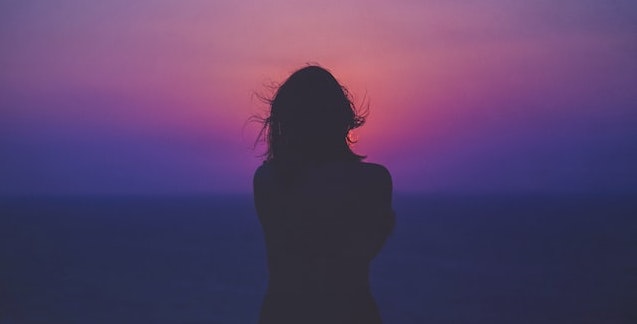
As a rule, those who have used both tend to agree that ayahuasca may provide more clear spiritual guidance and counseling than psychedelic mushrooms. Of course this is partially down to the circumstances that each substance is taken in — many people take psilocybin recreationally, while those who take ayahuasca are often on a quest for change.
Two Life-Changing Natural Psychedelics
In a recent interview with London Real, Dennis McKenna and Brian Rose described the results of an ayahuasca trip as “a finite set of lessons”, while psilocybin causes one to “download information.” As always, it really depends on the individual!

So, there you have it — psilocybin and ayahuasca — different sides of the psychedelic coin, but both with life-changing power.





